The history of Vacheron Constantin is one of the richest and most uninterrupted legacies in watchmaking—founded in 1755, it’s the oldest Swiss watch manufacturer in continuous operation. Their story is a blend of heritage, elegance, and relentless craftsmanship. Let’s break it down:
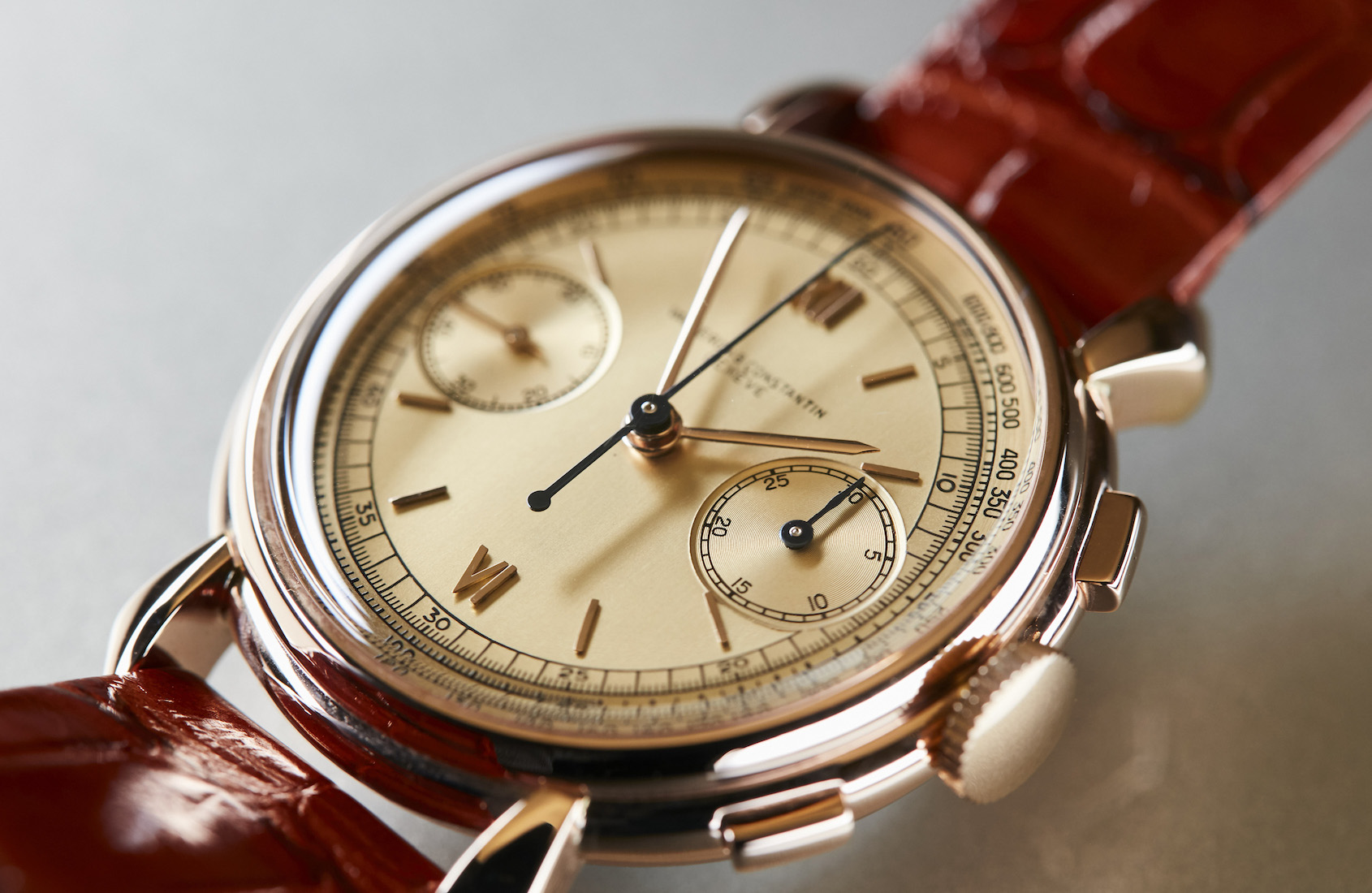

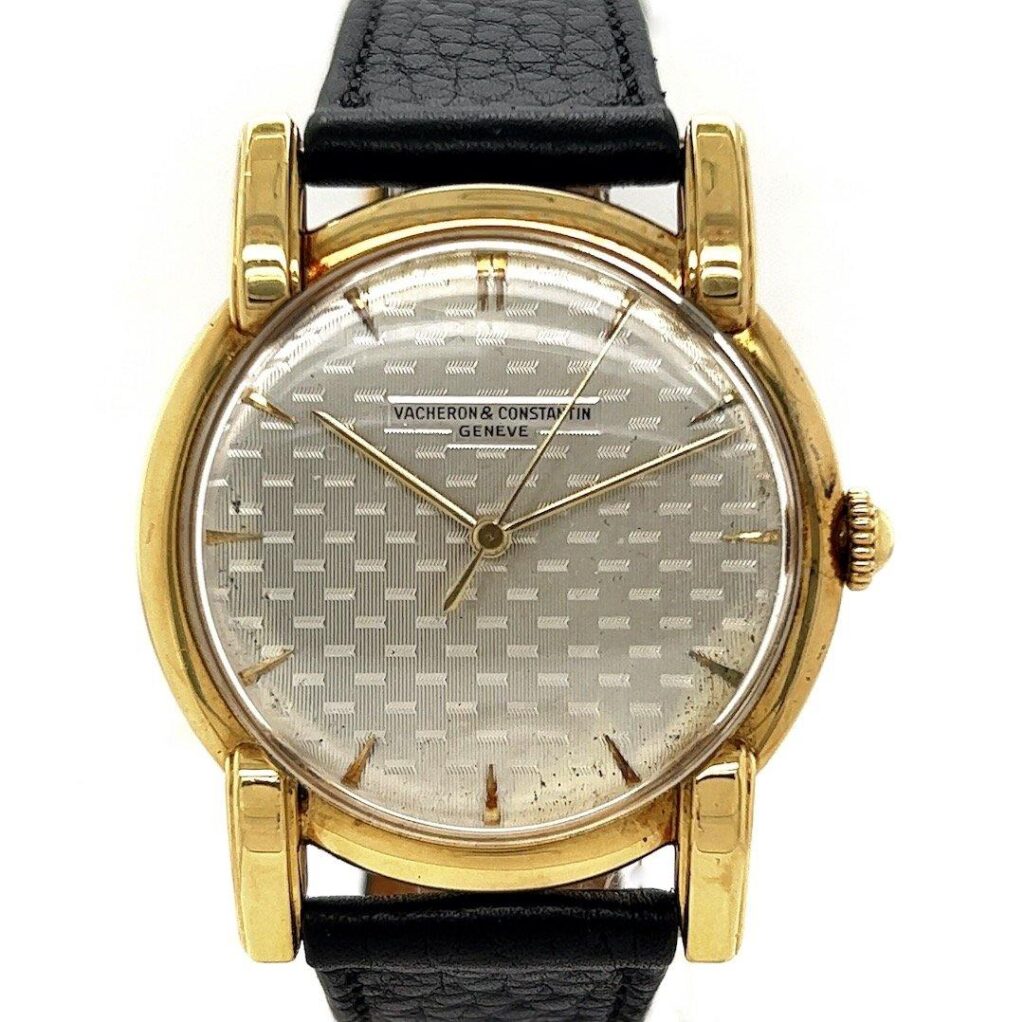
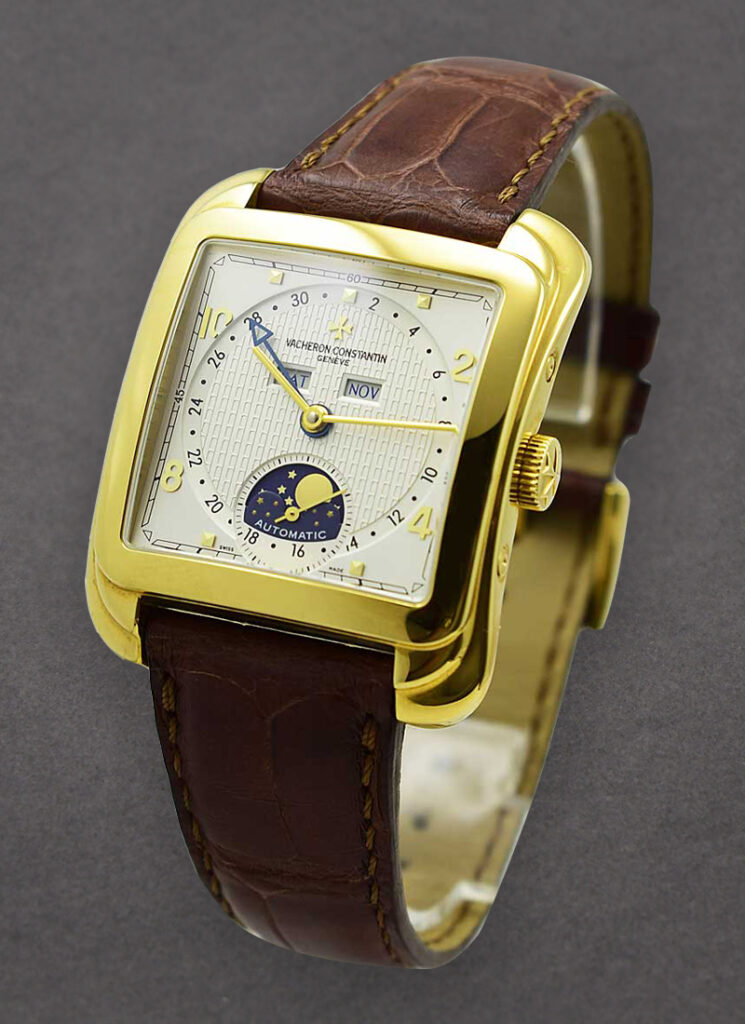
Founding and Early Years (1755–1800)
His son and grandson continued the business, and during this period, Vacheron watches became known for precision and elegance—often with hand-crafted embellishments.
1755: Jean-Marc Vacheron, a 24-year-old master watchmaker in Geneva, founded the brand. His first known timepiece bore the Vacheron name and marked the start of a continuous lineage.
The Constantin Partnership (1819)
He coined the brand’s famous motto: “Do better if possible, and that is always possible.”
1819: François Constantin joined the company, and the brand became Vacheron & Constantin.
Constantin was a brilliant businessman who helped the company expand internationally, particularly across Europe and Russia.
19th Century: Innovation and Growth
By the late 1800s, they had agents and boutiques in major cities like Paris, London, New York, and St. Petersburg.
Vacheron Constantin developed its own movements and introduced:
Engine-turned (guilloché) dials
Complicated pocket watches with calendars, chronographs, and minute repeaters.
They gained a reputation for making exceptional custom timepieces for aristocracy and royalty across the globe.
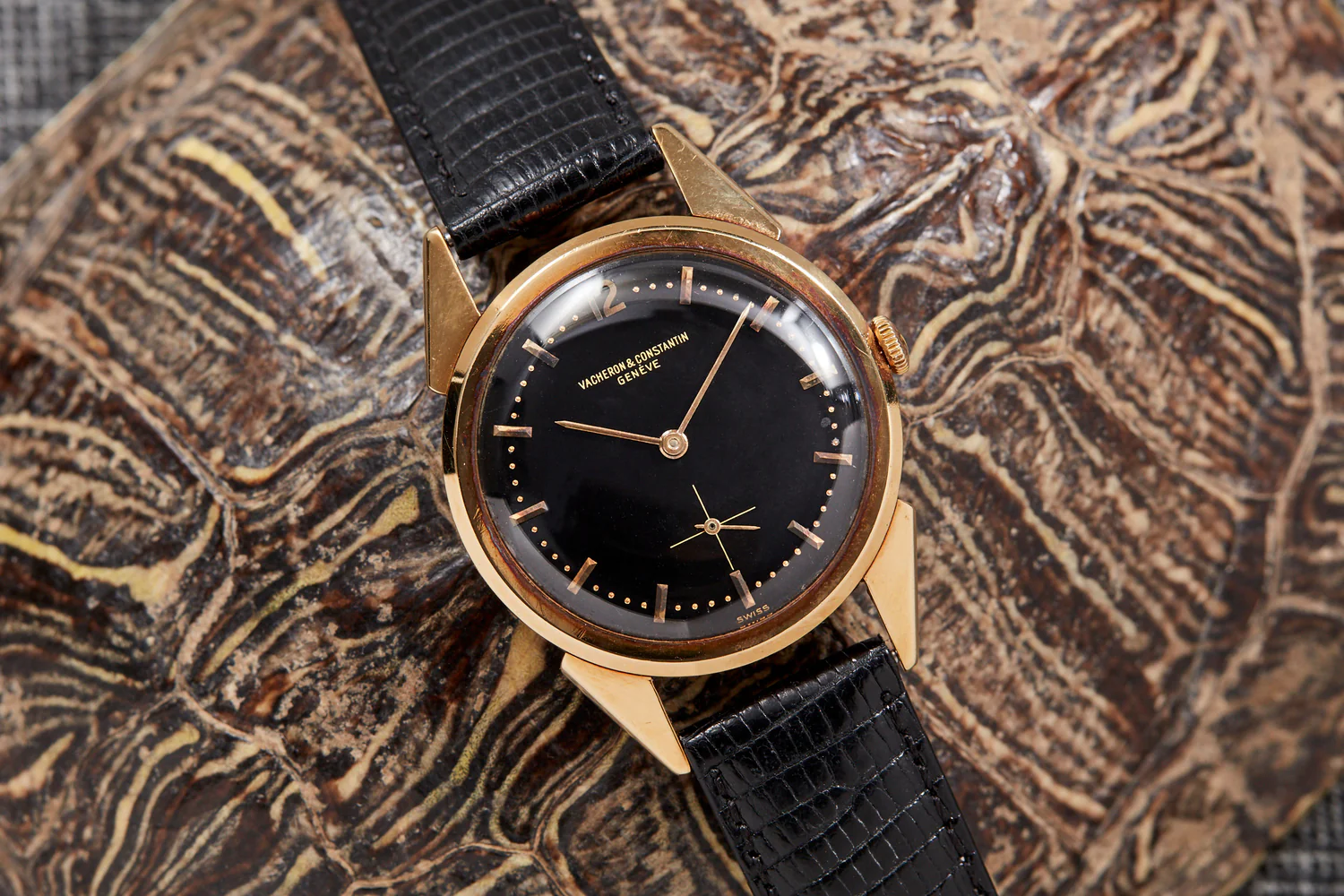
Early 20th Century: Technical & Artistic Excellence
Created watches for King Fuad I and King Farouk of Egypt, featuring extraordinary horological complications.
Introduced Art Deco-influenced designs during the 1920s and 1930s.
Continued producing highly complicated timepieces
Mid-20th Century: Prestige & Challenges
The brand stayed afloat through the Quartz Crisis of the 1970s by maintaining a focus on high-end mechanical watchmaking.
1955: Celebrated its 200th anniversary with an ultra-thin movement—the Caliber 1003, just 1.64 mm thick.
Developed iconic references like the Patrimony and Historiques lines, emphasizing classic design and innovation.
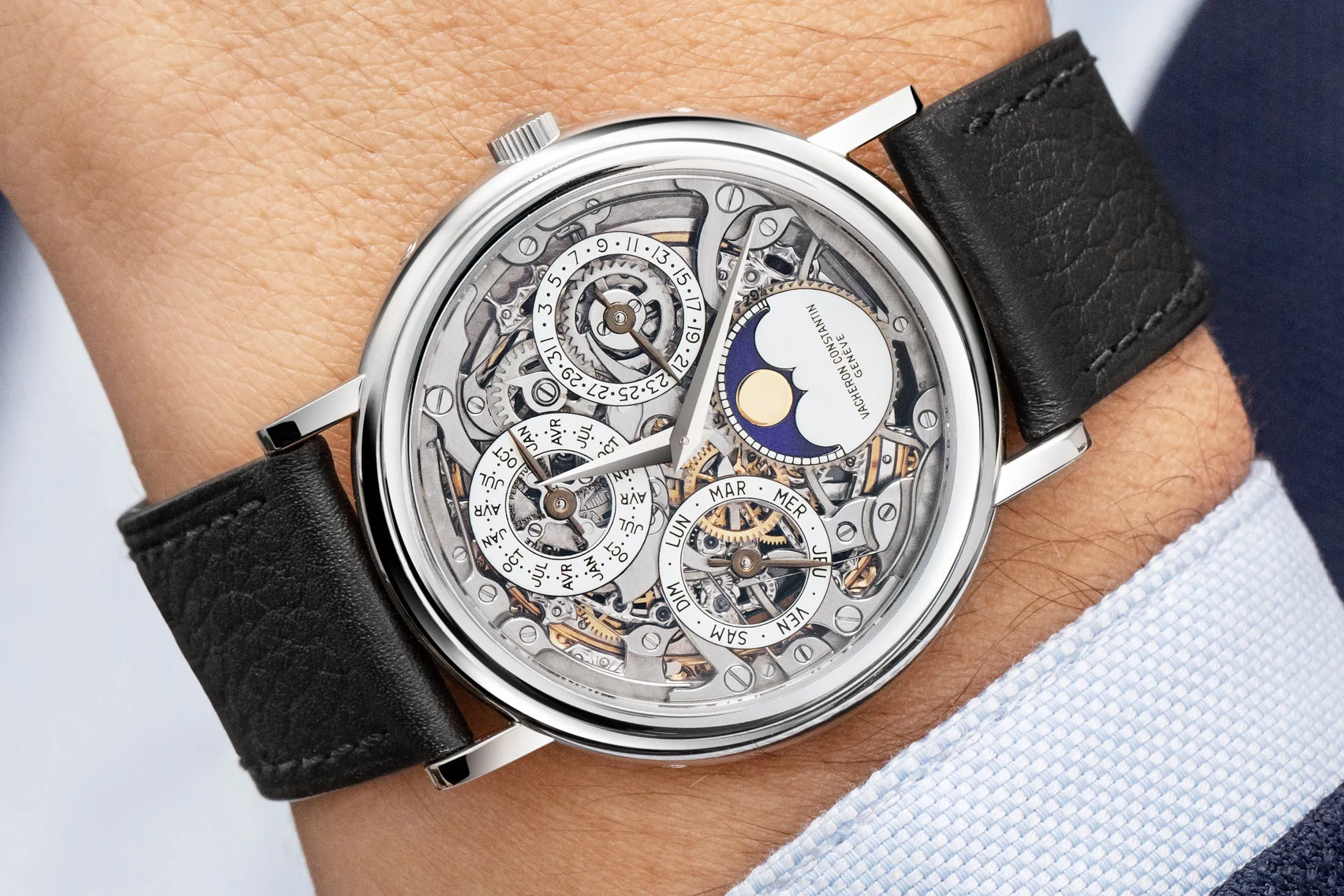
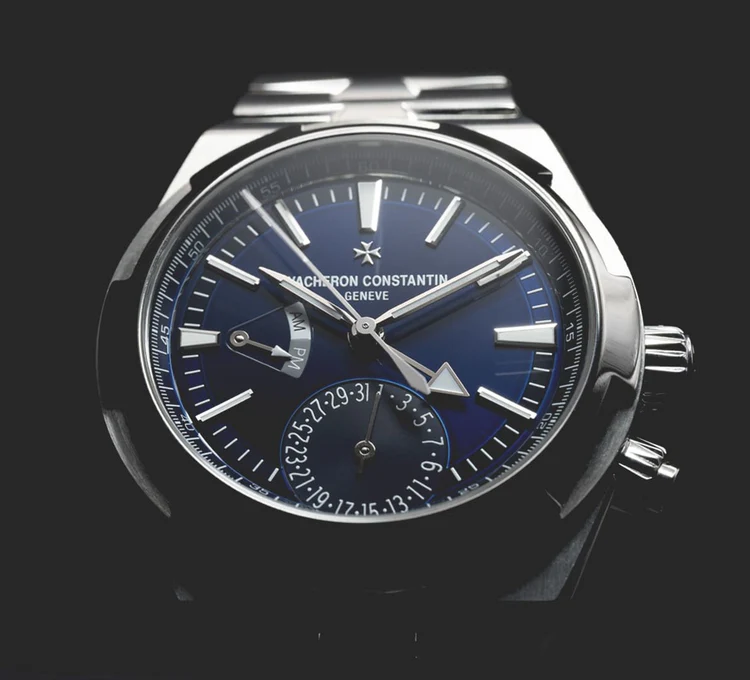
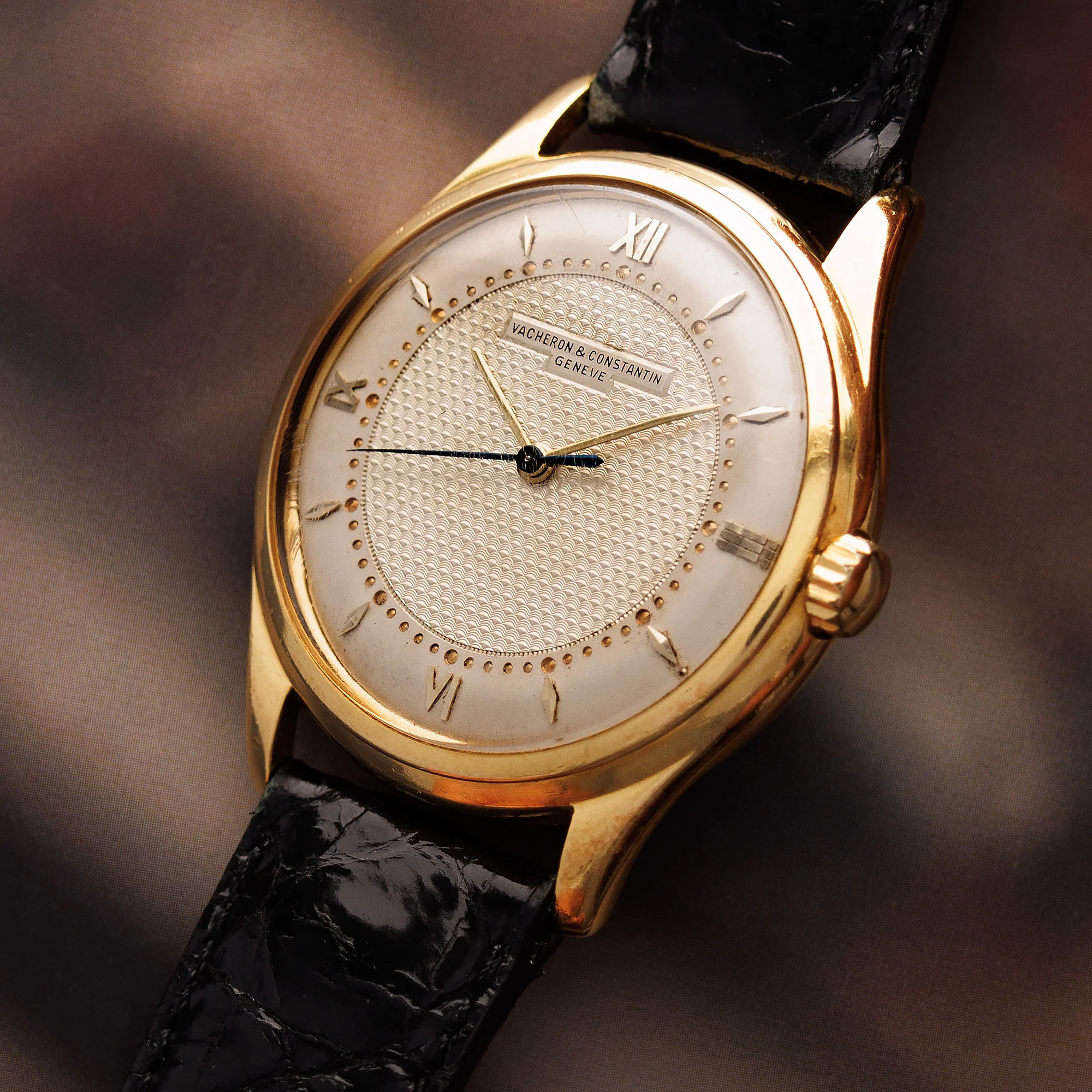
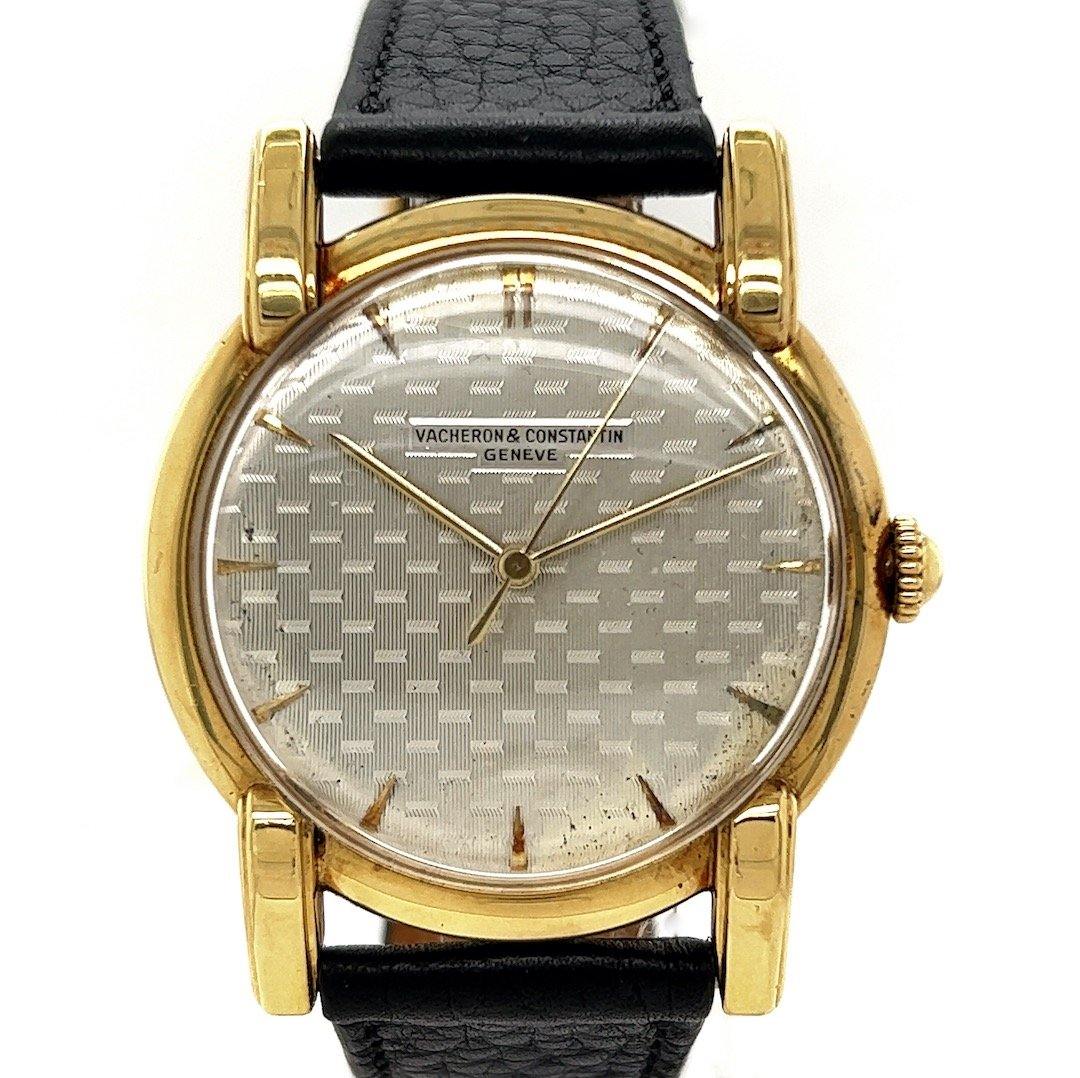
Modern Era: Richemont & Revival (1996–present)
- 1996: Acquired by the Richemont Group, which also owns Cartier, Jaeger-LeCoultre, IWC, etc.
- Expanded into new markets and modernized production with a new headquarters and manufacture in Plan-les-Ouates, Geneva.
- Introduced the Overseas collection in the late 1990s—a luxury sports line to compete with the Nautilus and Royal Oak.
Recent Innovations & Masterpieces
Custom and high-complication pieces
2005: Created the Tour de l’Île, one of the most complicated wristwatches ever made, for their 250th anniversary—16 complications and two dials.
2015: Unveiled the Reference 57260, the most complicated watch ever created with 57 complications, a fully bespoke pocket watch for a private collector.
Maintains a strong focus on Haute Horlogerie, including:
Métiers d’Art (artistic crafts like enamel, engraving)
Geneva Seal certification
Brand Identity
- Emblem: The Maltese Cross, symbolizing precision (taken from a part used in mechanical movements to improve gear tension).
- Known for understated elegance, old-world craftsmanship, and horological depth.
- Alongside Patek Philippe and Audemars Piguet, considered part of the “Holy Trinity” of watchmaking.


